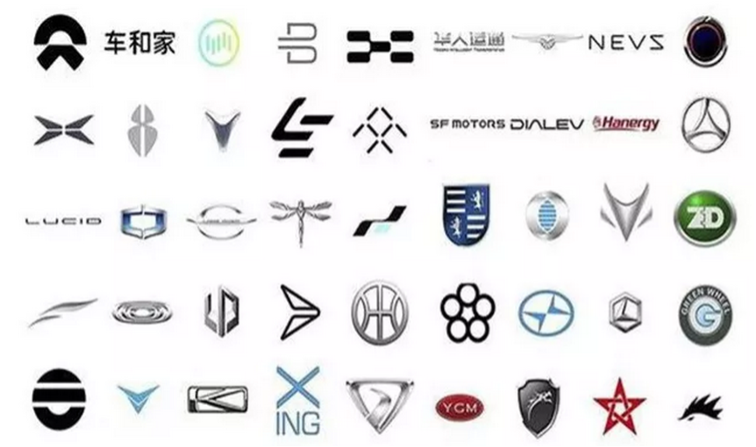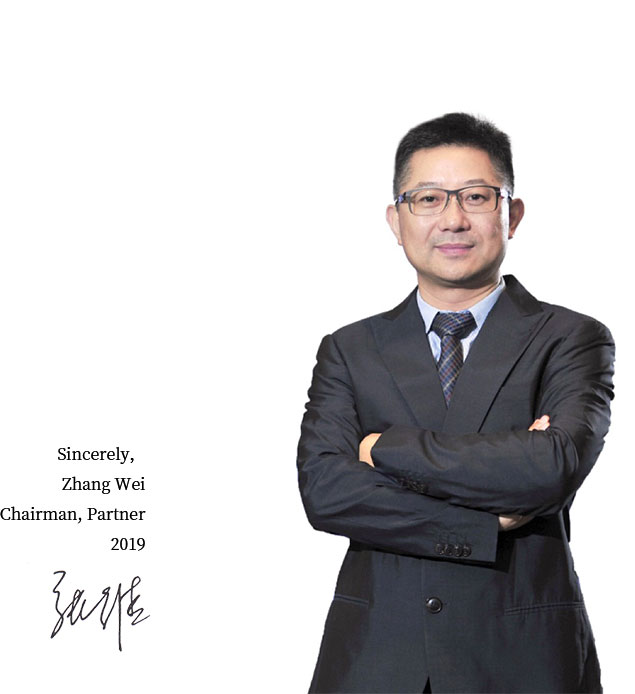2019.03.19 Zhang Wei Views:
On March 5th, Nio (NIO.NYSE), the leader of China’s new energy vehicle (NEV) start-ups, announced a net loss of $9.3B in its annual report. The report also predicted far weaker growth of sales in the future than had been expected, and its factory-building plans are put on ice. Later, its shares plunged 31% amid a 7-day losing streak and its market value evaporated by $4.21B. The number of NEV start-ups have long exceeded 100, while most of them are going to face an existential crisis in 2019. NEV as well as autonomous driving is absolutely a promising direction for investments. But there are no NEV firms worth of an investment so far.

On March 5th, Nio (NIO.NYSE), the leader of China’s new energy vehicle (NEV) start-ups, announced a net loss of $9.3B in its annual report. The report also predicted far weaker growth of sales in the future than had been expected, and its factory-building plans are put on ice. Later, its shares plunged 31% amid a 7-day losing streak and its market value evaporated by $4.21B. The number of NEV start-ups have long exceeded 100, while most of them are going to face an existential crisis in 2019. NEV as well as autonomous driving is absolutely a promising direction for investments. But there are no NEV firms worth of an investment so far.
China’s “car-making spree” has been launched around 2015. As policies have further skewed toward the auto industry, it has again become an investment trend with the capital playing a part in it. The auto industry is both capital and technology-intensive and its finance market size has been probably valued at ¥220.18Bn. With China government withdrawing financial subsidies for NEVs, the industry competition is about to turn policy-driven to market-oriented. As the tide ebbs, these NEV start-ups need to compete against traditional manufacturers with the quality of their products on their own. The success of these new forces depends entirely on their products and brand recognition.
To speak plainly, the recent crop of carmakers in such numbers over a short period isn’t about taking up a fad. Most companies are just coveting the heavily subsidized NEV market with opportunities for a quick profit. However, phasing out subsidies will speed up the reshuffling of the industry this year.
It can be seen that it’s the whole vehicle manufacturers who sit atop the “pyramid” because they have the best brand recognition. The industry only provides limited space for vehicle manufacturers, so we reckon that most vehicle star-ups will go bankrupt this year. Another ending for them is to be acquired by larger whole vehicle makers or taken over by real estate developers who are eager to funnel their money from virtual economy into real economy but act in a foolish way.
That being said, there are still many chances that can be sought from the industrial chain in the fledging NEV market. Apart from whole vehicle manufacturers, there are also auto parts suppliers that are major players in the auto industry like Robert Bosch (BOSCHLTD. NS) , Aisin Seiki (ASEKY). Do Chinese firms have the chance to optimize the NEV industrial chain resources and will there be competitive upstream or downstream companies in Chinese auto industry? These are the things we’re going to wait and see.
Above are excerpts from Zhang Wei’s article Why None of China’s NEV Start-ups Worth Investing In. He sharply criticized Chinese NEV start-ups’ pseudo-innovations and NEV subsidies “cheat”. He noted that zero to one innovation requires long-term accumulation with large capital expenditures, which is hard to be replicated and overtaken in a few years. But he didn’t deny the opportunities in NEV industrial chain because he believed that NEV and autonomous driving are the important trends in the future. Chinese firms still stand a chance to develop into major forces in upstream and downstream sectors by optimizing NEV industrial chain resources. The editorial was originally published on CoStone Capital WeChat. Access to the full article in Chinese: https://mp.weixin.qq.com/s/VE6g9GWx2xpVS_NMJOrtdw
Rewritten by Lu Ying, Edited by Li Yunzhen
The year 2019 marks the fortieth anniversary of China’s Reform &Opening-Up, once again, we meet at the turning point of history. What’s the next step for the game, is there any clear guidance? The answer is affirmative.
Our country is enjoying a good momentum of development, which does not come from the Washington Consensus nor the Beijing Consensus. China’s experience has proved that both the visible hand and the invisible hand are crucial: the visible hand, stands for the government-led reform, and would yield benefits for reform and opening up; the invisible hand, stands for the Marginal Power represented by the private sector, and would improve economic efficiency and tax collection, create jobs and employment opportunities.
Provided that we want to protect and expand the benefits form reform, three simple but mandatory agreements are to be made and followed: No.1 Private ownership must be recognized, protected and treated equally with public ownership constitutionally, both ownerships are scared and inviolable;No.2 Make further clarification of the principal position of market economy, “deepen economic system reform by centering on the decisive role of the market in allocating resources”, as President Xi addressed in the third Plenary Session of the 18th CPC Central Committee;No.3 Implement the guiding principles of “comprehensively promoting law-based governance” of the fourth plenum. The rule of law is essential for economic growth, irreplaceable to protect private ownership, and necessary to encourage innovation and entrepreneurship.
Above are three rules for us to avoid falling into the Middle-income Trap. Assuming that we are breaking systematic barriers to private enterprises’ participation in market economy, and boosting innovation and entrepreneurship of our society, then we are heading towards a promoting direction. We are marching in the path of light, regardless of the ups and downs of Sino-US relationship, the drop in GDP growth rate, or the monetary policy.
These principals also apply on knowing how better to run a business: don’t be hedged by rules and regulations at the beginning, pay more attention to your survival, and you’ll learn more when you start your second business.
For many years, Huawei has been the only Chinese company on the list of the Top 50 R&D Spenders. Regardless of the economy and its income, what Huawei has been doing is investing in its future, dedicated to R&D, continuously and resolutely. This provisional work underscores Huawei’s accomplishments, making Huawei anindustry leader.
So, there are standard answers on how to run a company,which could be summarized as concentration and professional dedication, continuous investment on innovation and trying harder in R&D. Entrepreneurship is also important, every single company needs entrepreneurs to push aside all obstacles and difficulties, to implement strategies and ideas. We, as investors, are destined to look for such outstanding entrepreneurs and their companies, invest in them and partner with them.
At this key point of history, a country, a company, or asingle individual, will all need to find the right path. Four decades after the Reform and Opening-up, it’s time to learn from our experience and stop “wadding across
